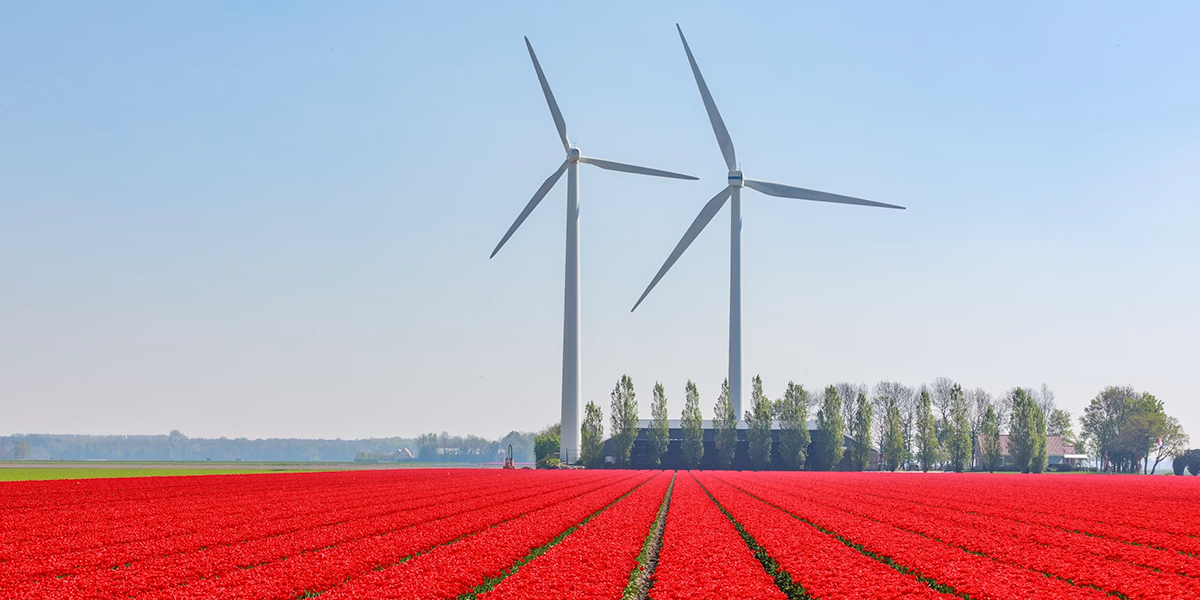‘Sinterklaas’ is a centuries-old Dutch tradition based on Saint Nicholas, the patron saint of children. If you’re new to the Netherlands, the national events during November and early December might take you by surprise! To help you get into the festive spirit – Dutch style – we’ve put together this seasonal guide.
Who is Sinterklaas?
Sinterklaas is a traditional figure in the Netherlands and Belgium, not to be confused with Father Christmas or Santa Claus. Every November he arrives in the Netherlands from his home in Spain by boat, accompanied by his helpers, the Petes – Pieten.
In contrast with Santa Claus – who rides a sleigh with magical reindeer – Sinterklaas rides a white horse. He also participates in parades, known as intochten, which are shown on national television. These parades take place in villages, towns and cities across the Netherlands, welcoming Sinterklaas from the first Saturday after Sint Maarten (November 11th).
The national arrival of Sinterklaas and his helpers by boat is broadcast each year on the Dutch television station NPO 3. The broadcasters choose a different starting location every May. For example, in 2024 Sinterklaas will begin his journey in Vianen.
After his arrival, Sinterklaas makes regional visits throughout November. As part of the spectacle, there is a story that plays out along his journey. The story helps to engage viewers, and the event itself promotes the chosen locations and encourages tourism.
What happens during Sinterklaas?
Sinterklaas actually begins in early autumn when stores start selling pepernoten – pieces of bite-sized, spiced cookies – ahead of Sinterklaas’s arrival in November. By December 6th, Sinter’s been and gone!
Similar to Santa Claus, Sinterklaas is known for delivering gifts to well-behaved children. In the Netherlands, children place their shoes beside the fireplace or the front door, together with a drawing for Sinterklaas, and a carrot and water for his horse. Sinterklaas and his helpers fill the shoes with small presents and candies. Naughty children are warned that they could be taken away as a punishment.
Unlike Christmas Day and Boxing Day in other parts of the world, Sinterklaas is not a national holiday. However, if you’re living and working in the Netherlands at this time, you’ll notice that some schools and businesses choose to close early so that parents can spend time with their children and family.
Sinterklaas is all about the children, and present night – pakjesavond – on December 5th is the climax of the holiday. This is when friends and family gather to exchange surprise gifts or poems that they’ve made for each other. It’s also when traditional food is eaten.
For many people, it’s traditional to do a ‘gourmet’ evening on December 5th. In the supermarkets, you’ll find special platters of meat to create your own meal. Other seasonal food includes:
- Speculaas: Spiced cookies molded into shapes such as windmills and Sinterklaas.
- Pepernoten: Small, round, spiced cookies that are thrown or scattered by Sinterklaas and his helpers during parades for children to collect.
- Taai-taai: Made from an aniseed-flavored dough and formed into human shapes – including Sinterklaas – which when baked is chewy and tough – taai.
- Marzipan: A sweet almond paste often coated with colorful sugar used to make festive shapes and figurines.
- Chocoladeletters: A popular Sinterklaas tradition is to give and receive chocolate letters that correspond to the first letter of a person’s name.
A short history of Sinterklaas
Sinterklaas is based on a Christian saint who was known for his generosity and acts of kindness, particularly towards children and the poor.
Saint Nicholas was the Bishop of Myra, a town located in what is now Türkiye, during the 4th century. Over the years, stories and legends around Saint Nicholas have helped shape the Sinterklaas tradition.
Elements of Saint Nicholas’s character – such as his kindness and gift-giving – are included in the Dutch (and Belgian) celebration of Sinterklaas. He’s usually depicted as an elderly, bearded man dressed in a bishop’s attire, similar to how Saint Nicholas would have dressed.
Traditional depictions of his helpers – Pieten – are now seen as racist and offensive. That’s why today they’re either portrayed in rainbow colors – Pieten Regenboog – or daubed with chimney soot and called ‘soot smudge Petes – Roetveegpieten.
Today, in the Netherlands, Sinterklaas continues to be celebrated as a symbol of generosity and goodwill. And on that note, we’d like to send our warmest, heartfelt wishes to all InAxtion employees this festive season!
Discover more about life and work in the Netherlands by visiting the InAxtion blog.


